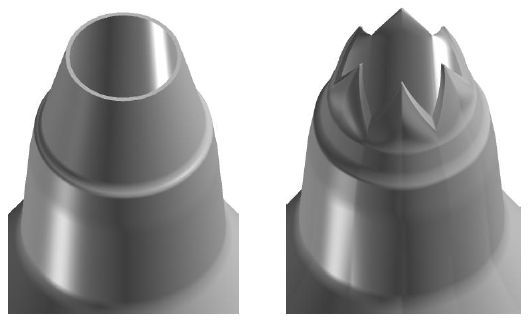Study on Acoustic Analysis Techniques to Improve Aerospace Interior Acoustic Environment
JAXA Supercomputer System Annual Report April 2017-March 2018
Report Number: R17EA1902
Subject Category: Aeronautical Technology
- Responsible Representative: Takashi Aoyama, Aeronautical Technology Directorate, Numerical Simulation Research Unit
- Contact Information: Takashi Takahashi takahashi.takashi@jaxa.jp
- Members: Takashi Takahashi, Yuya Ohmichi, Masashi Kanamori, Takahiro Higash, Kento Yamada, Kan Ohkubo, Tatsuya Narumi
Abstract
We study the numerical prediction approaches of sound sources, propagation and transmission for practical aerospace applications (e.g. aircraft interior noise prediction, etc.). Our aim is to upgrade the respective technologies in order to attain the world’s most advanced high speed and sophistication levels, and to develop an integrative numerical prediction tool that accommodates the seamless application of technologies.
Reference URL
N/A
Reasons for using JSS2
In order to accurately reproduce to characteristics of jet noise, a calculation grid need to resolution enough to capture small fluid phenomena. Therefore, the number of grid points used for acoustic analysis is very large, and it is necessary to use a computer capable of large scale parallelization to perform calculations.
Achievements of the Year
The noise generated from subsonic jet was analyzed by CFD. Analysis was performed on two kinds of nozzle shapes(Fig.1), and frequency characteristics of each noise were evaluated. Flow field analysis used the unstructure analysis solver FaSTAR. From the analysis results, it was possible to confirm the difference in vortex structure due to the difference nozzle shape (Fig.2). From the analysis result of the noise, the frequency distribution close to the experimental value can be reproduced in the low frequency.
Publications
N/A
Usage of JSS2
Computational Information
- Process Parallelization Methods: MPI
- Thread Parallelization Methods: N/A
- Number of Processes: 2 – 800
- Elapsed Time per Case: 30.00 hours
Resources Used
Fraction of Usage in Total Resources*1(%): 0.38
Details
Please refer to System Configuration of JSS2 for the system configuration and major specifications of JSS2.
| System Name | Amount of Core Time(core x hours) | Fraction of Usage*2(%) |
|---|---|---|
| SORA-MA | 2,834,770.96 | 0.38 |
| SORA-PP | 8,270.53 | 0.10 |
| SORA-LM | 1,955.61 | 0.01 |
| SORA-TPP | 0.00 | 0.00 |
| File System Name | Storage Assigned(GiB) | Fraction of Usage*2(%) |
|---|---|---|
| /home | 1,603.54 | 1.11 |
| /data | 37,329.55 | 0.69 |
| /ltmp | 9,393.61 | 0.71 |
| Archiver Name | Storage Used(TiB) | Fraction of Usage*2(%) |
|---|---|---|
| J-SPACE | 9.50 | 0.41 |
*1: Fraction of Usage in Total Resources: Weighted average of three resource types (Computing, File System, and Archiver).
*2: Fraction of Usage:Percentage of usage relative to each resource used in one year.
JAXA Supercomputer System Annual Report April 2017-March 2018




